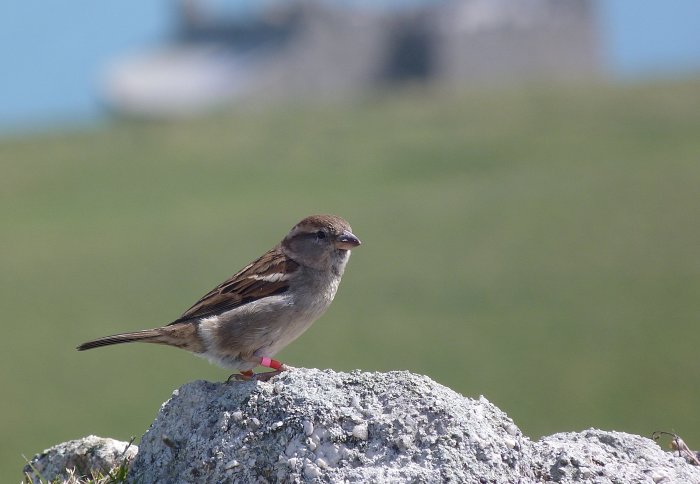

Here’s a batch of fresh news and announcements from across Imperial.
From bird-chick recognition, to Mars explorations, here is some quick-read news from across the College.
A bird in the nest
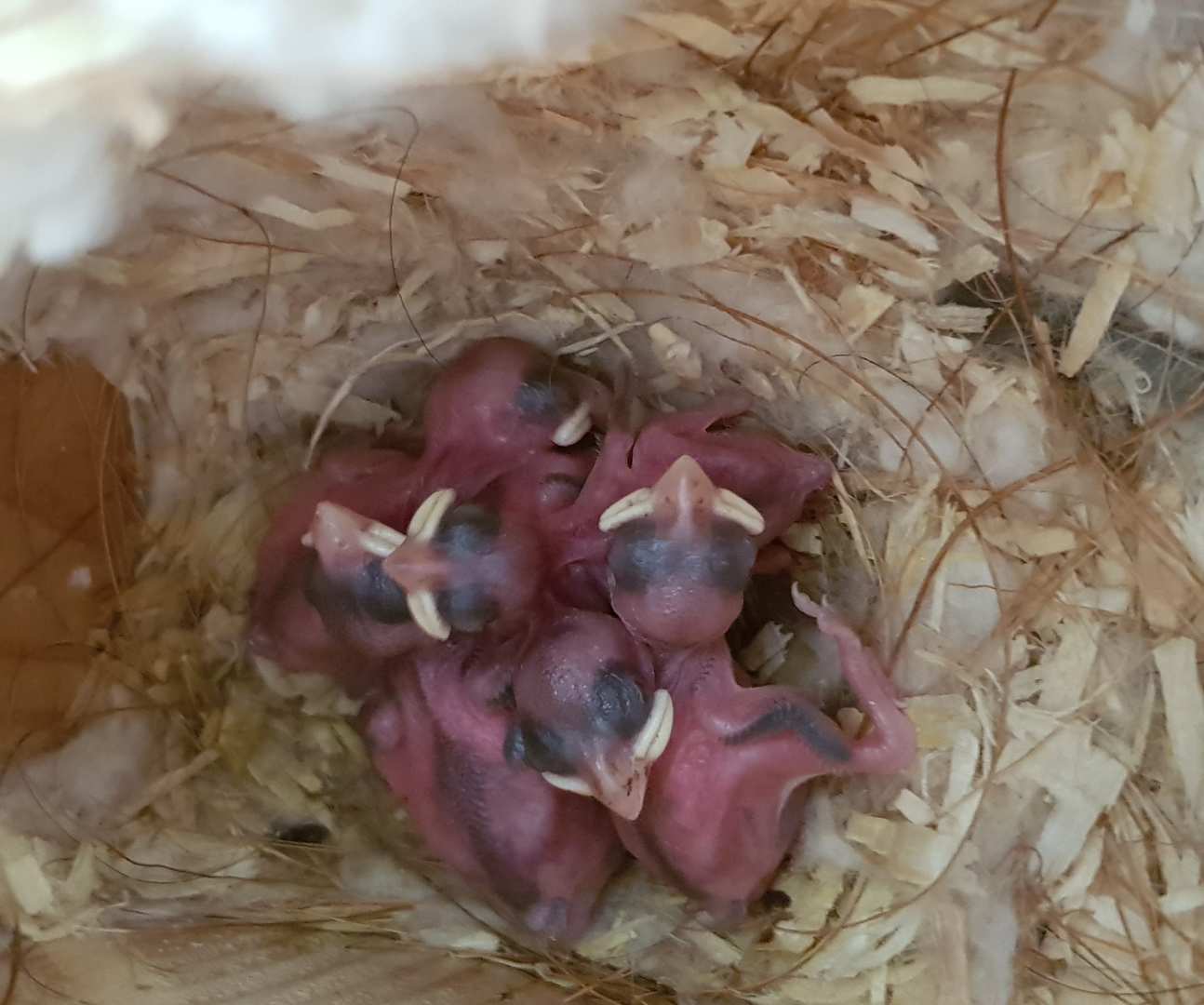 Passerine (or ‘perching’) birds do not differentiate between the chicks in their nest – meaning they potentially raise chicks that aren’t theirs, such as those that are the product of a cheating partner.
Passerine (or ‘perching’) birds do not differentiate between the chicks in their nest – meaning they potentially raise chicks that aren’t theirs, such as those that are the product of a cheating partner.
Researchers from the Department of Life Sciences tested sparrows’ ability to recognise kin both through observation and manipulation – such as by moving chicks between nests. The study, first-authored by a Masters student from the Ecology, Evolution & Conservation program, looked at sparrow populations in captivity and in the wild, on Lundy Island.
Recognising close relations is thought to be a driver for the evolution of animal behaviour, such as altruism, so the research adds a new dimension to the study of parental care in birds.
Read more about the research in PLOS ONE: ‘No evidence for kin recognition in a passerine bird’
Future energy systems
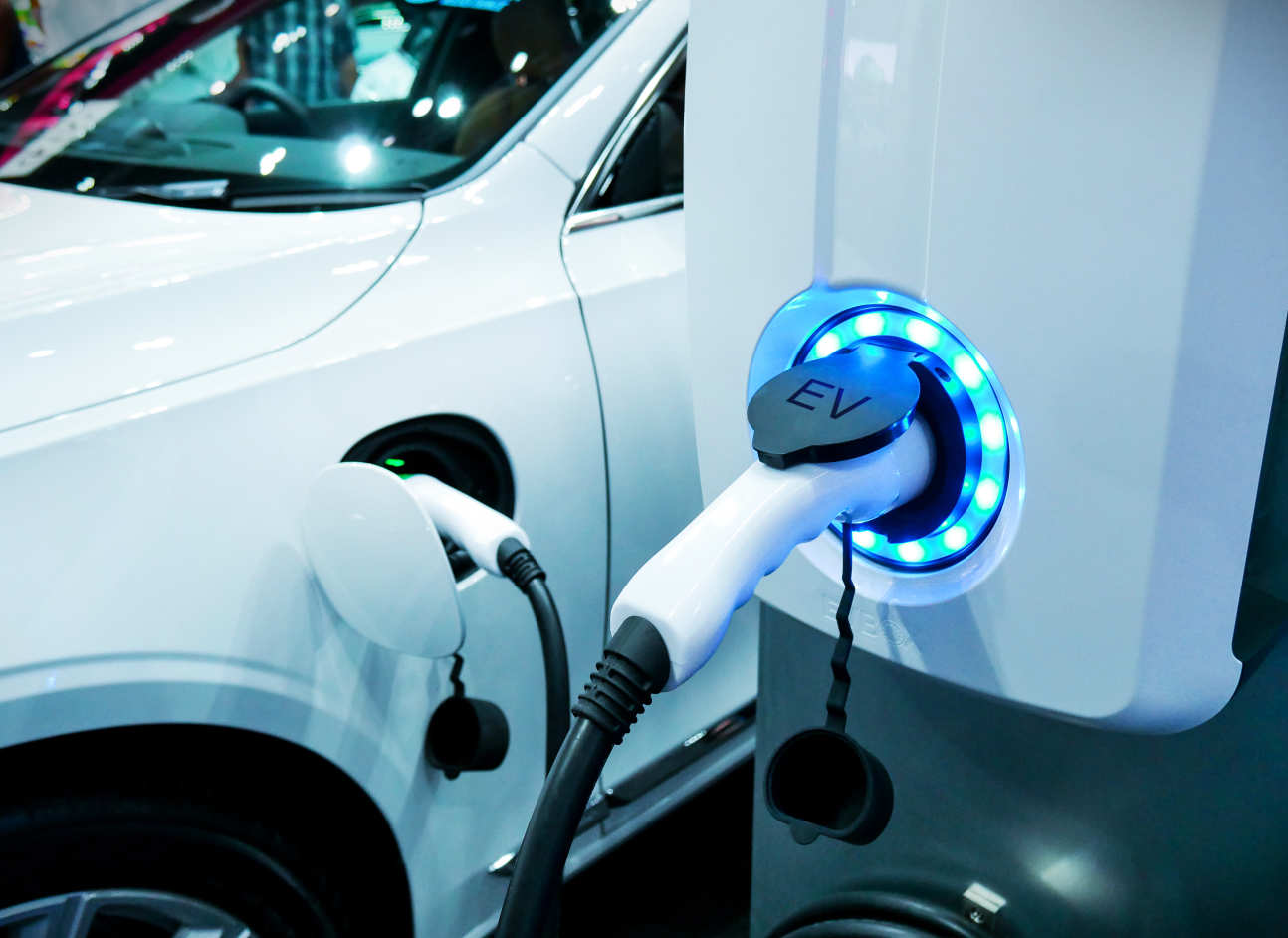 As the UK moves to reduce the use of unabated fossil fuels in power stations, energy generation may become more widely distributed, for example in individual wind and solar farms.
As the UK moves to reduce the use of unabated fossil fuels in power stations, energy generation may become more widely distributed, for example in individual wind and solar farms.
Researchers from the Centre for Environmental Policy have developed a new model to take into account how future power systems may be distributed under different scenarios.
They used it to see how the deployment of electric vehicles (EVs) in line with government ambitions would affect the UK power system. They found new systems to transmit power may be needed, but that, with the right policy environment and incentives, EVs support the use of renewable energy by reducing the amount of time renewable energy goes unused.
Read more about the new model and its first results in Applied Energy: ‘The EV-olution of the power system: A spatio-temporal optimisation model to investigate the impact of electric vehicle deployment’
Environmental inequality
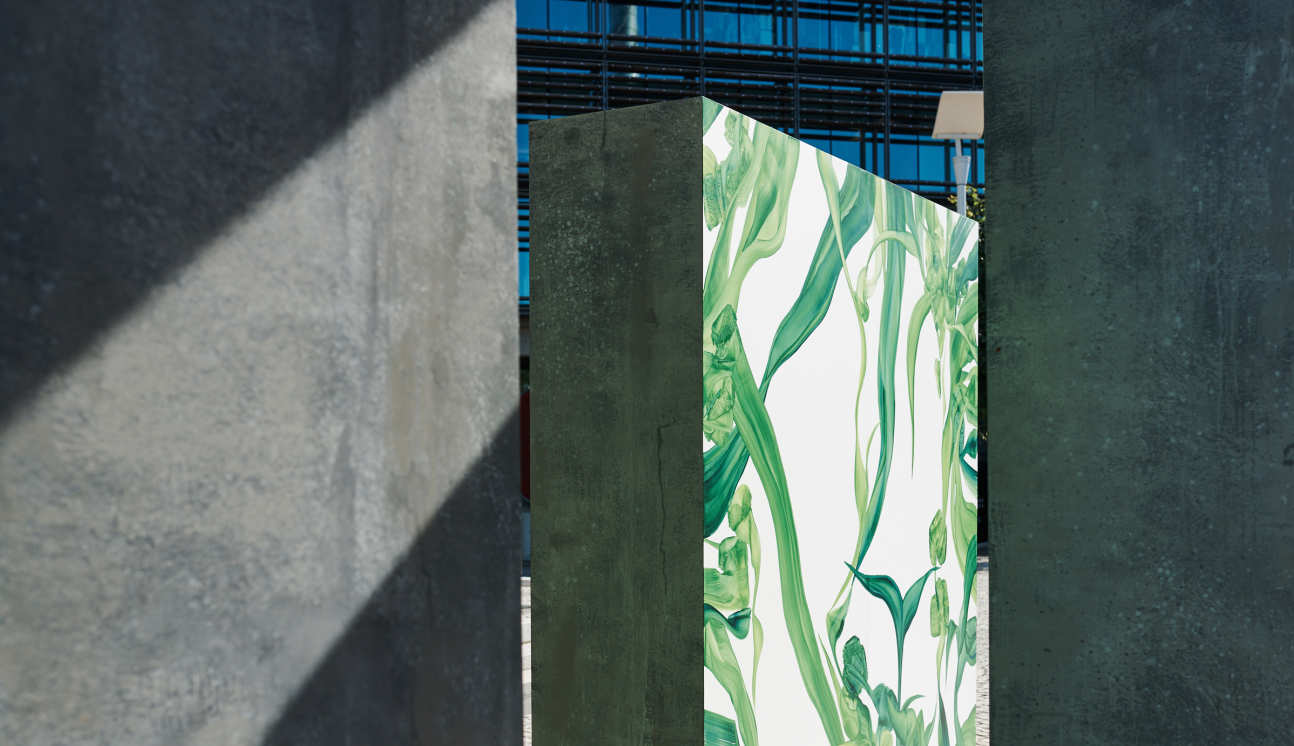 We are all vulnerable to the health impacts of environmental risks, but some groups in society are disproportionately affected. This environmental inequality is evident in UK cities where affluent areas are less polluted than more deprived areas. This means that people who live on busy high streets – who typically have lower incomes – carry the burden of both environmental and economic hardships and pay the price with their health.
We are all vulnerable to the health impacts of environmental risks, but some groups in society are disproportionately affected. This environmental inequality is evident in UK cities where affluent areas are less polluted than more deprived areas. This means that people who live on busy high streets – who typically have lower incomes – carry the burden of both environmental and economic hardships and pay the price with their health.
Charlotte Roscoe, a researcher at Imperial’s MRC-PHE Centre for Environment and Health, is looking at how introducing green spaces to urban areas may help to close the gap.
“My PhD looks at the link between traffic pollution, green spaces and health in older adults. My work explores how urban green spaces in local neighbourhoods might help older adults maintain a healthy heart and circulatory system. To do this, I estimate the impact of trees and green spaces in reducing air pollution, and assess if vegetation surrounding roads near to home encourages walking in older adults.”
Find out more on the Imperial Medicine Blog: ‘What is environmental inequality and why should we care?’
Honorary doctorate
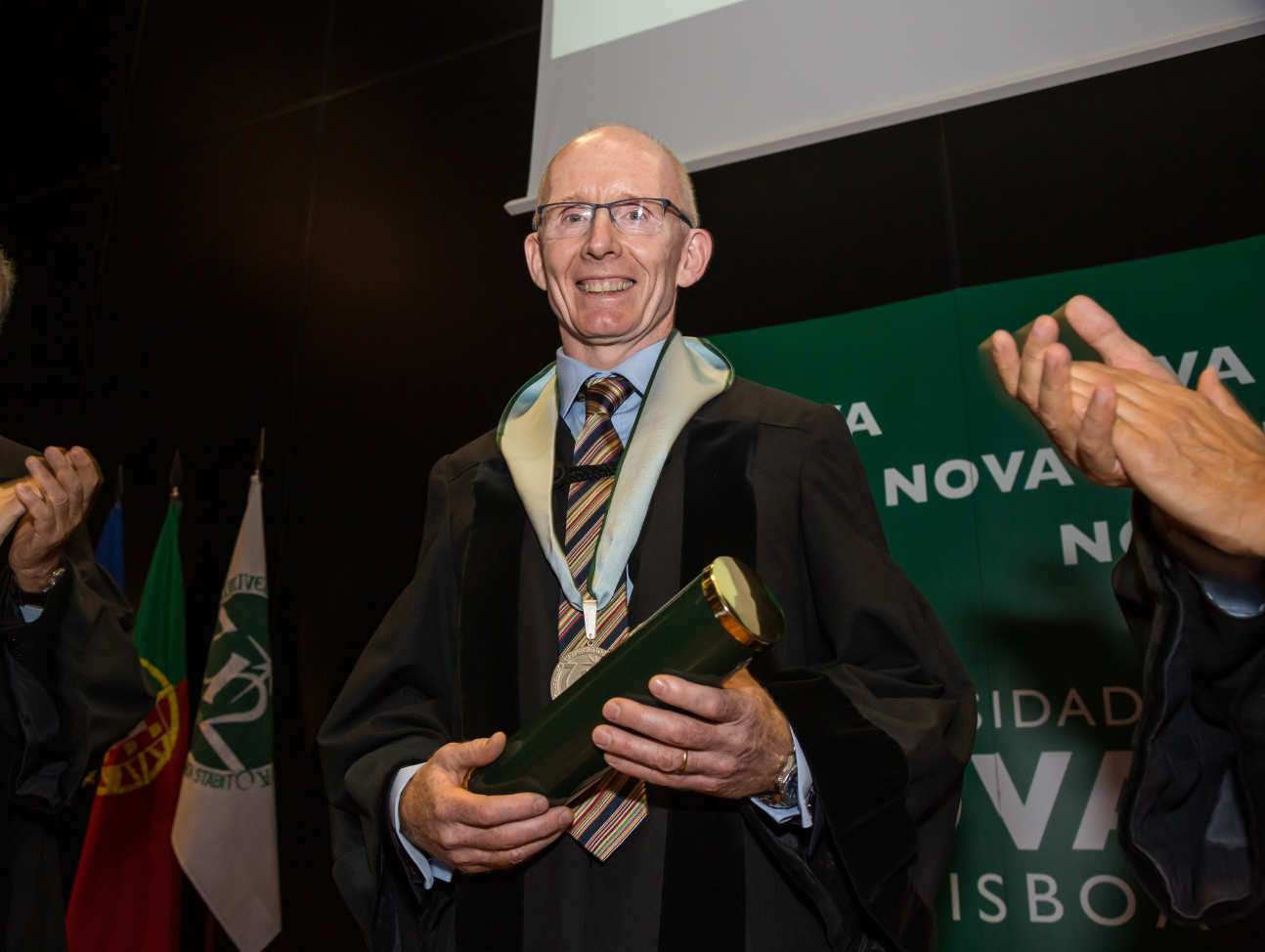 Professor Andrew Livingston has been awarded an honorary doctorate from NOVA University of Lisbon for his exceptional contribution to science and technological development.
Professor Andrew Livingston has been awarded an honorary doctorate from NOVA University of Lisbon for his exceptional contribution to science and technological development.
Professor Livingston, from the Department of Chemical Engineering, said: “I was delighted to receive my honorary doctorate from NOVA. Over the years I have had fantastic collaborators there and also some outstanding students who have joined Imperial – and so it is great to be even more tightly bound to NOVA through this degree.”
NOVA Rector João Sàágua praised Professor Livingston for his scientific achievements in developing innovative technological platforms to produce chemicals and pharmaceuticals. Professor Joao Crespo, also from NOVA, summarised Professor Livingston’s wide-ranging contributions to fundamental research and commercial translation in the field of molecular separations in organic systems using membranes.
Bat flu findings
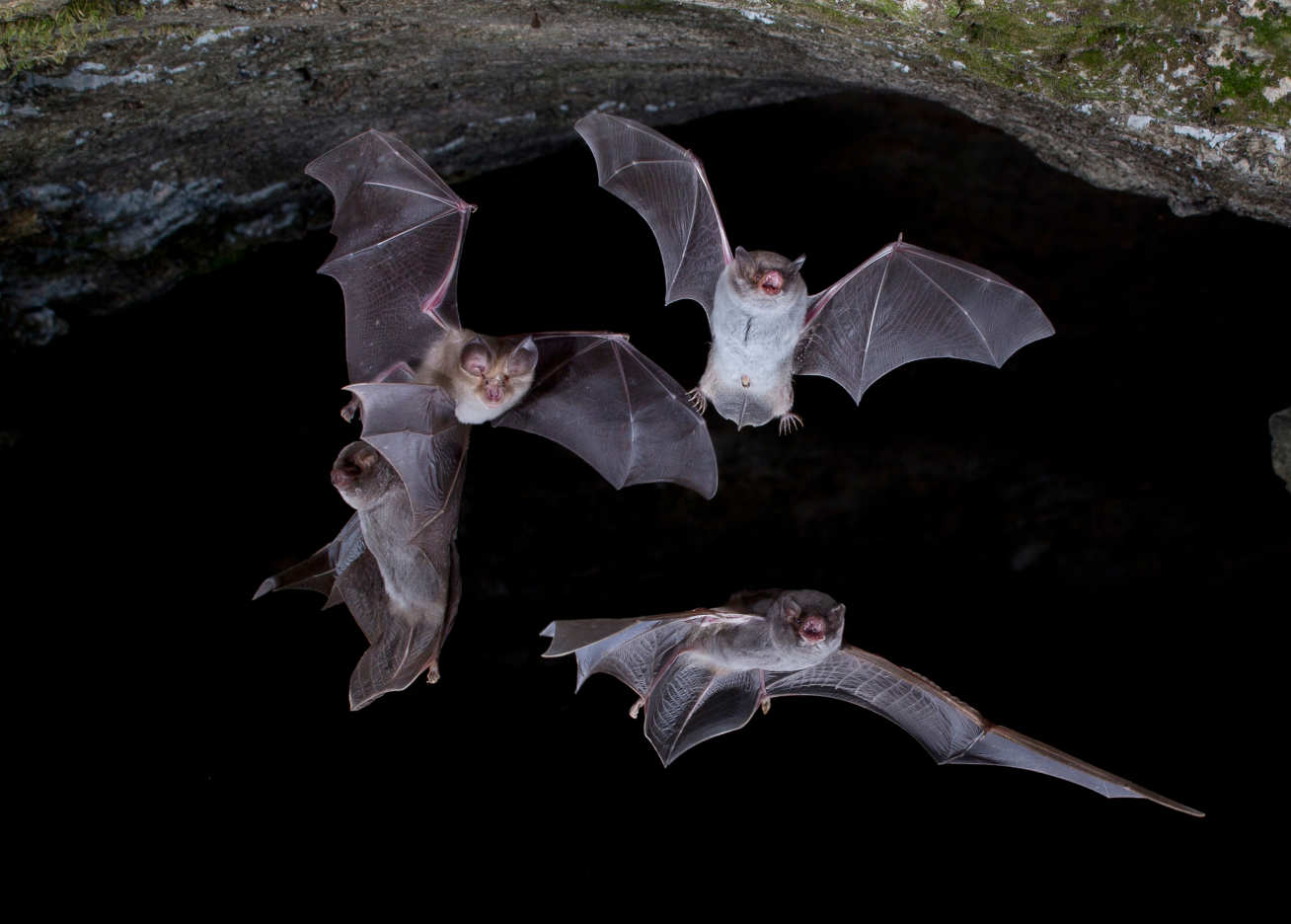
Scientists are increasingly concerned about the role of bats in disease outbreaks. The animals can carry and transmit a number of deadly viruses, including Ebola and SARS, and climate change, deforestation and urbanisation brings them into closer contact with humans and livestock, increasing the risk of outbreaks.
Now, Imperial researchers have shown bats may harbour a type of flu that can potentially pass to humans. The virus, called H17N10, could enter human cells in a laboratory setting, by using a type of receptor called HLA-DR.
Dr Stathis Giotis, from the Department of Infectious Disease, explains that although there are no known cases of bat flu spreading to humans, the findings show it is possible, and more research is needed to find ways to block this transmission.
Read the full study in Nature Microbiology: ‘Entry of the bat influenza H17N10 virus into mammalian cells is enabled by the MHC class II HLA-DR receptor’
Moving to Mars
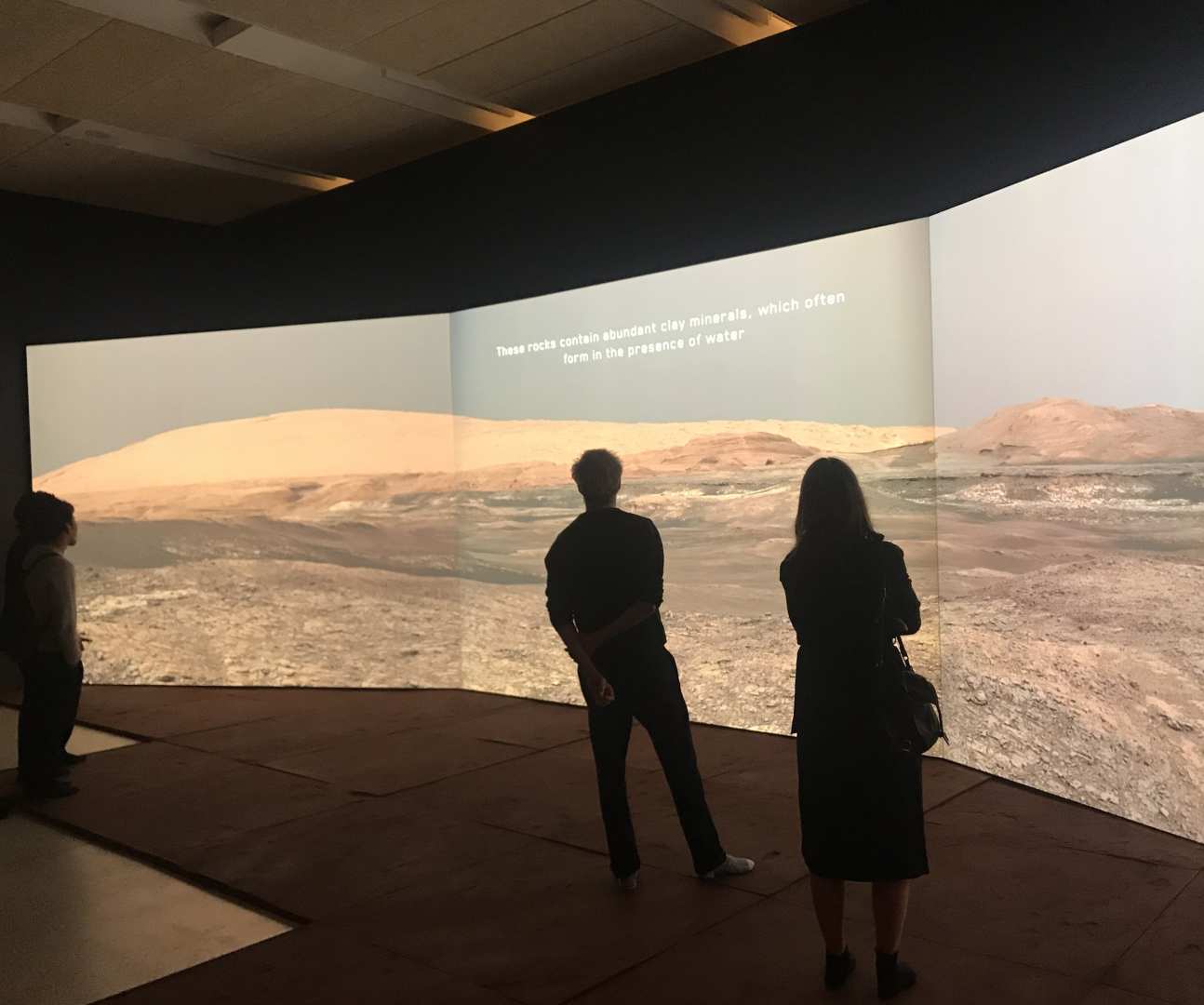 Professor Sanjeev Gupta is an expert contributor to a new exhibition about making the red planet our new home.
Professor Sanjeev Gupta is an expert contributor to a new exhibition about making the red planet our new home.
The exhibition at London’s Design Museum features the work of leading thinkers and experts whose contributions consider the design practicalities of humans moving to Mars.
Professor Gupta, of the Department of Earth Science and Engineering, is co-investigator on the current Curiosity Rover mission, the ExoMars 2020 mission, and the NASA Mars 2020 mission.
He said: “Getting humans to Mars could be pivotal in our understanding of planetary evolution and the search for life. By looking at ancient rocks on the planet, we can learn more about the early history of the terrestrial planets in our solar system than what we can learn from Earth.”
“However, Mars is extremely cold, and its atmosphere has hardly any. Nor is there protection from radiation. So there are many problems to resolve before we are ready to send astronauts there.”
The exhibition is open until February 2020.
–
Want to be kept up to date on news at Imperial?
Sign up for our free quick-read daily e-newsletter, Imperial Today.

Article text (excluding photos or graphics) © Imperial College London.
Photos and graphics subject to third party copyright used with permission or © Imperial College London.
Reporters

Madeleine Stone
Business School

Contact details
Email: press.office@imperial.ac.uk
Show all stories by this author
Kate Wighton
Communications Division

Contact details
Email: press.office@imperial.ac.uk
Show all stories by this author

Ellyw Evans
Faculty of Medicine Centre

Contact details
Email: press.office@imperial.ac.uk
Show all stories by this author
Hayley Dunning
Communications Division

Contact details
Tel: +44 (0)20 7594 2412
Email: h.dunning@imperial.ac.uk
Show all stories by this author
Caroline Brogan
Communications Division

Contact details
Tel: +44 (0)20 7594 3415
Email: caroline.brogan@imperial.ac.uk
Show all stories by this author




Leave a comment
Your comment may be published, displaying your name as you provide it, unless you request otherwise. Your contact details will never be published.